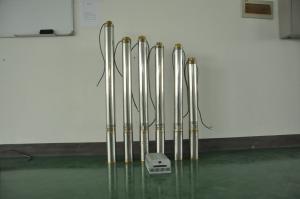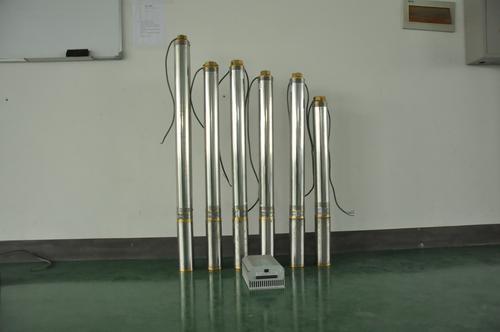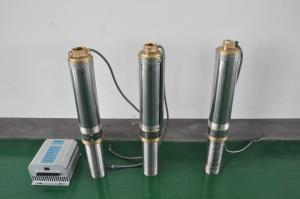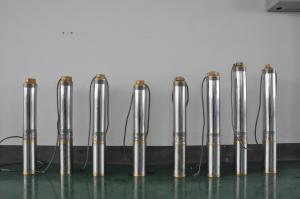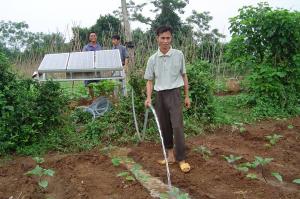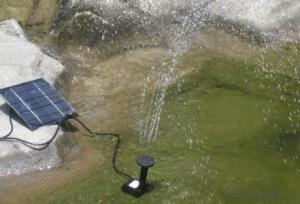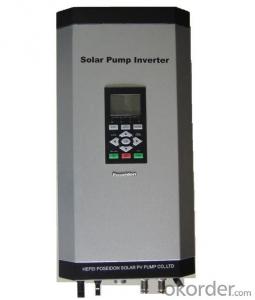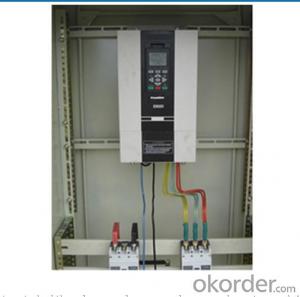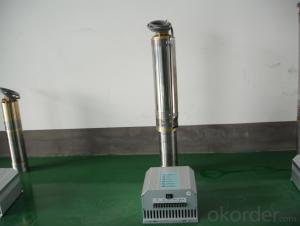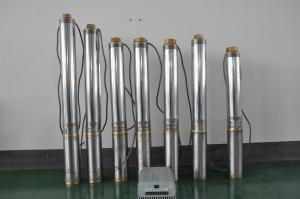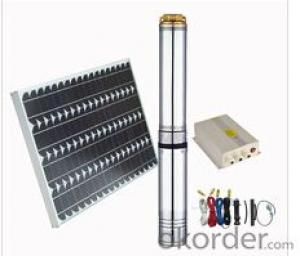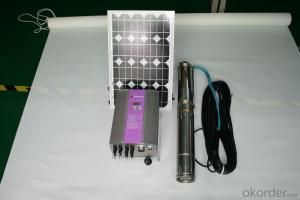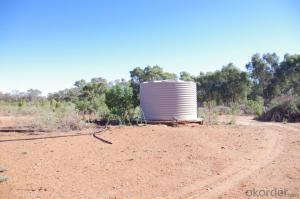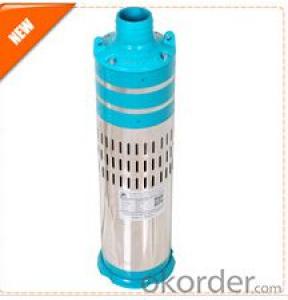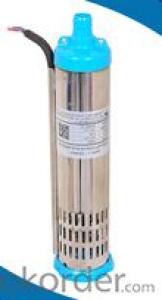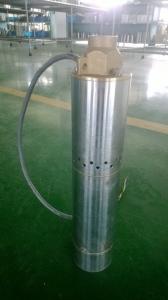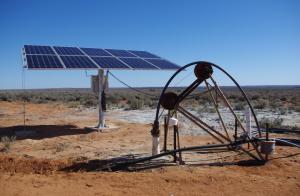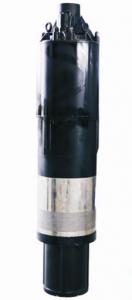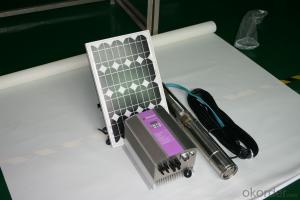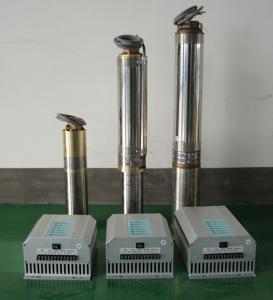2hp Solar Water Pump for Drinking Water
- Loading Port:
- Shanghai
- Payment Terms:
- TT OR LC
- Min Order Qty:
- -
- Supply Capability:
- 300 set/month
OKorder Service Pledge
Quality Product, Order Online Tracking, Timely Delivery
OKorder Financial Service
Credit Rating, Credit Services, Credit Purchasing
You Might Also Like
how is the rotor made:
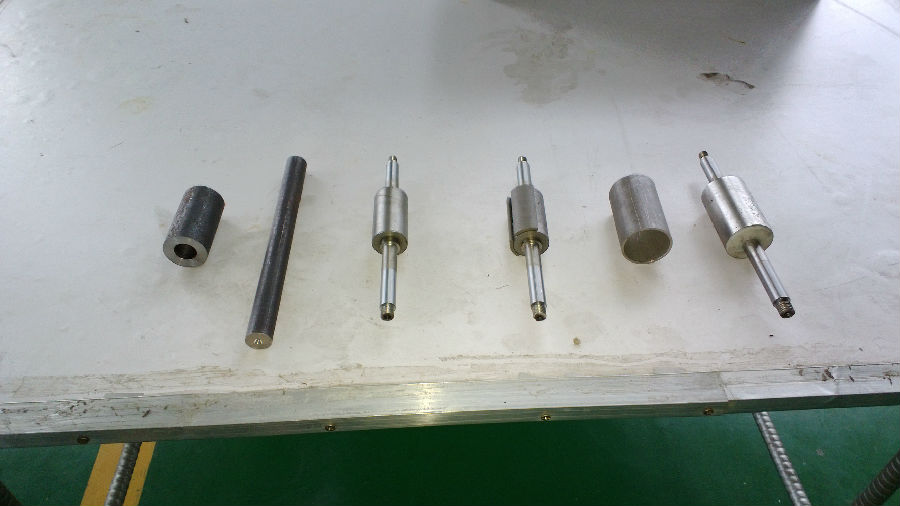
how is the motor made:
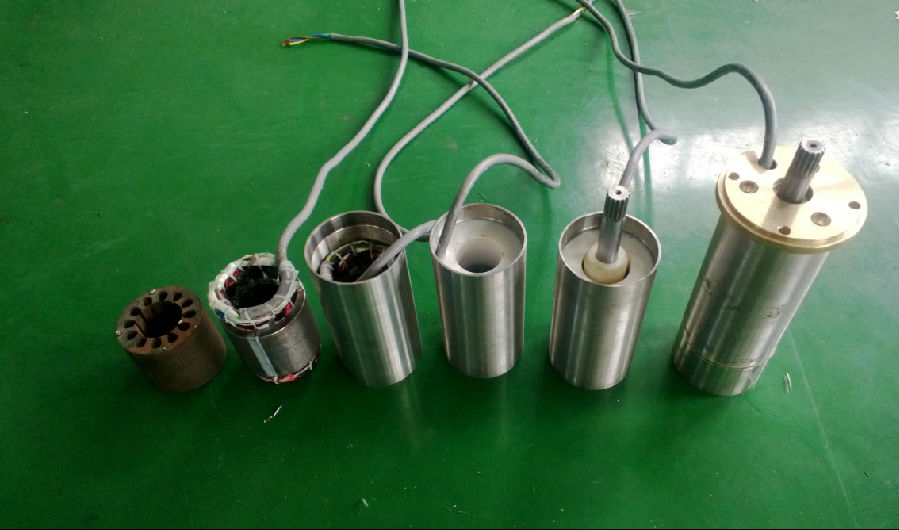
the pump :
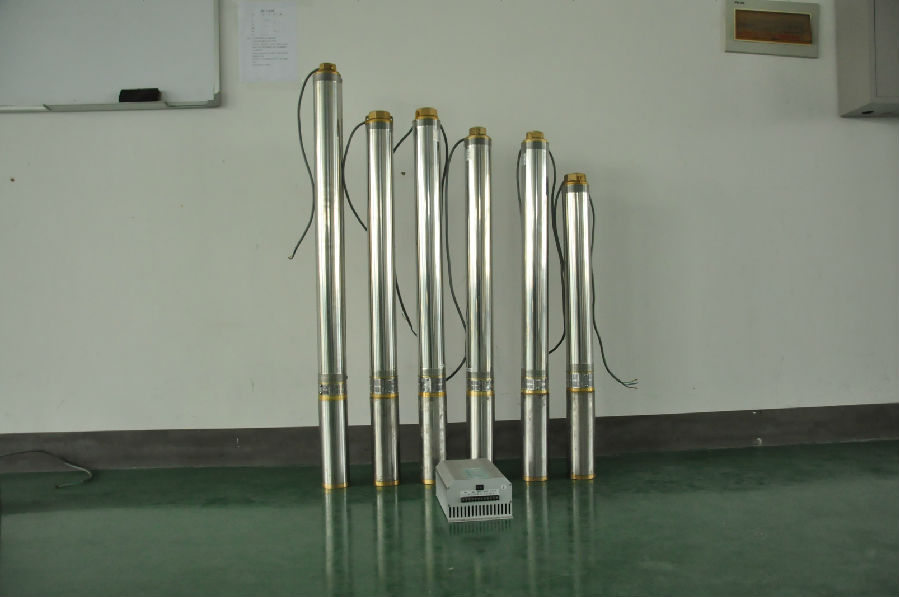
controller terminal connection:
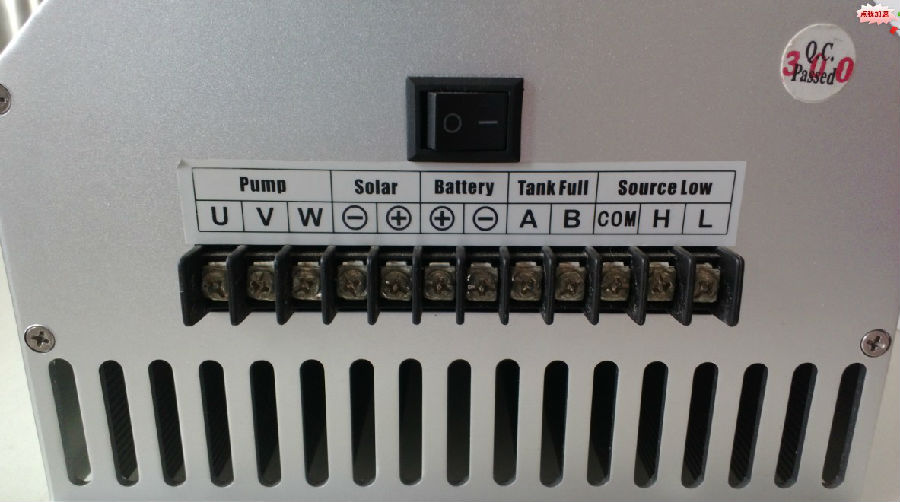
The permanent magnet:

the impeller:
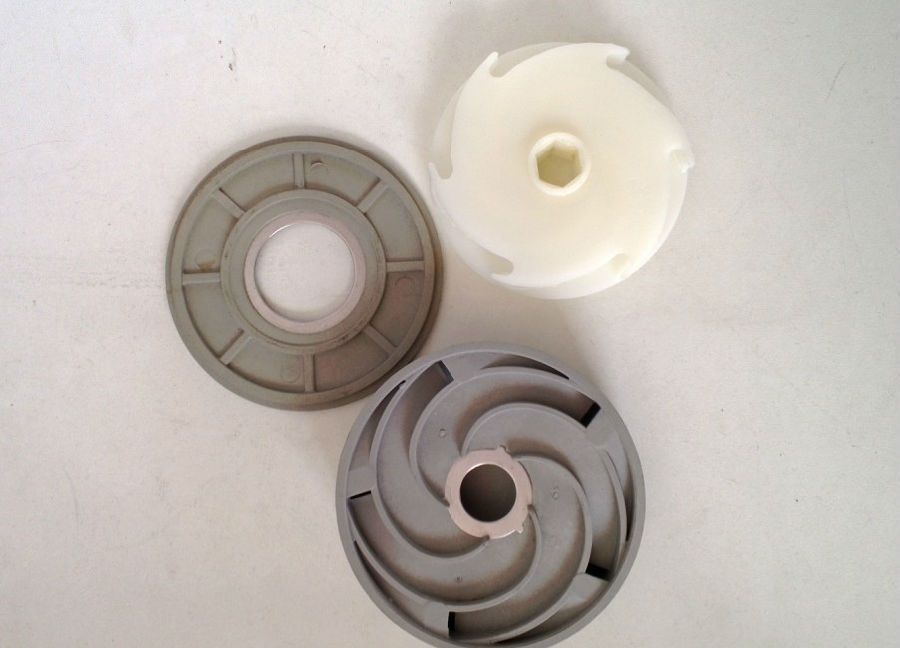
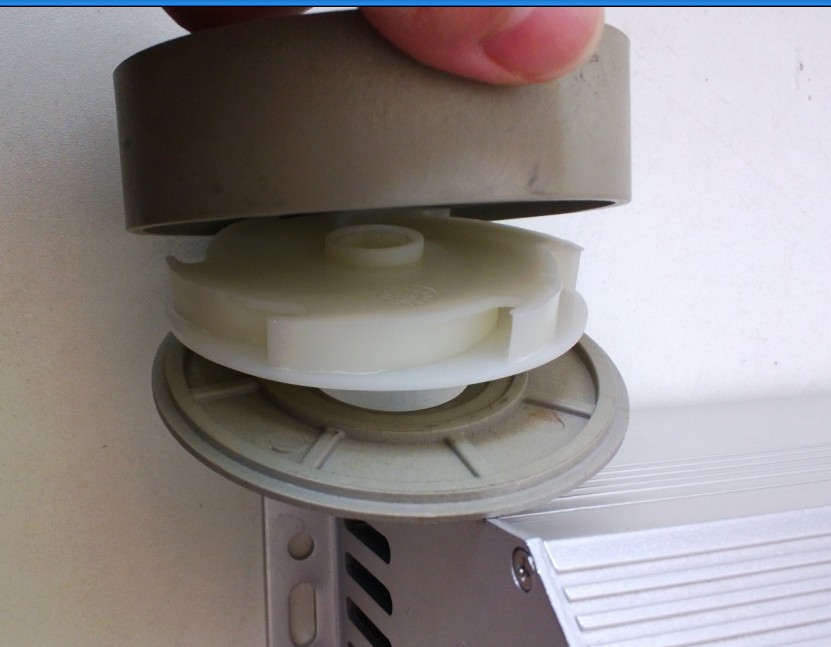
controller box:
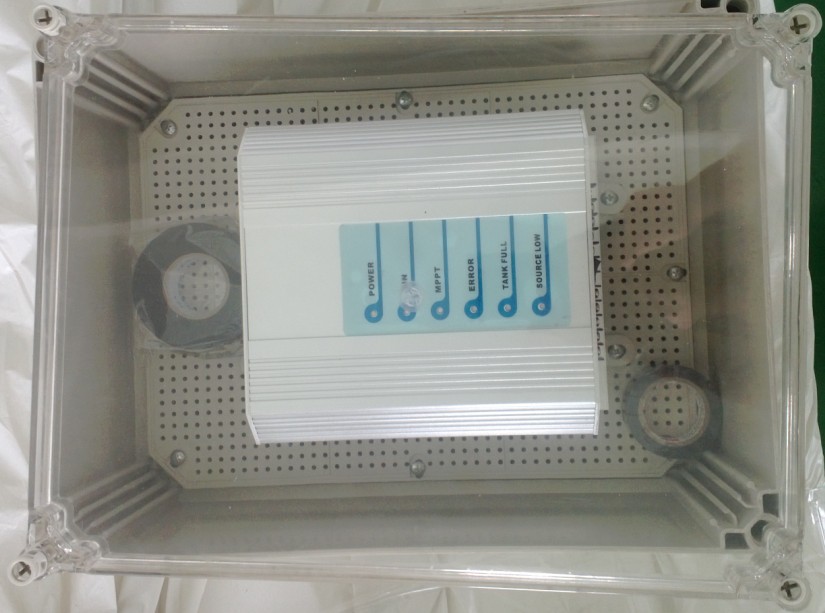
the senors:
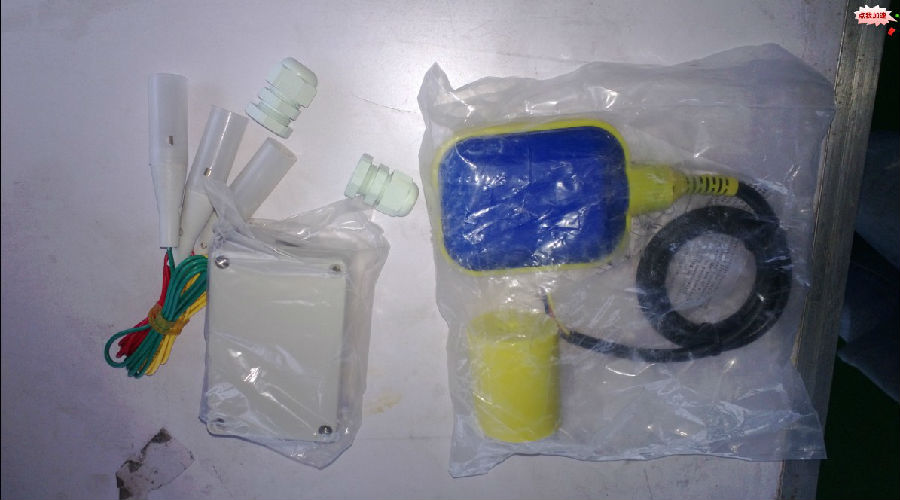
the test:
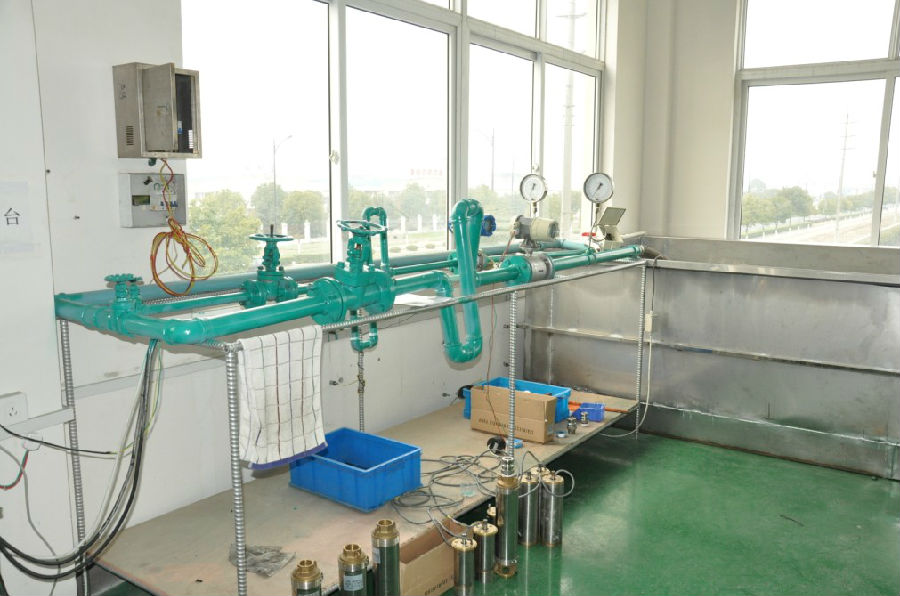
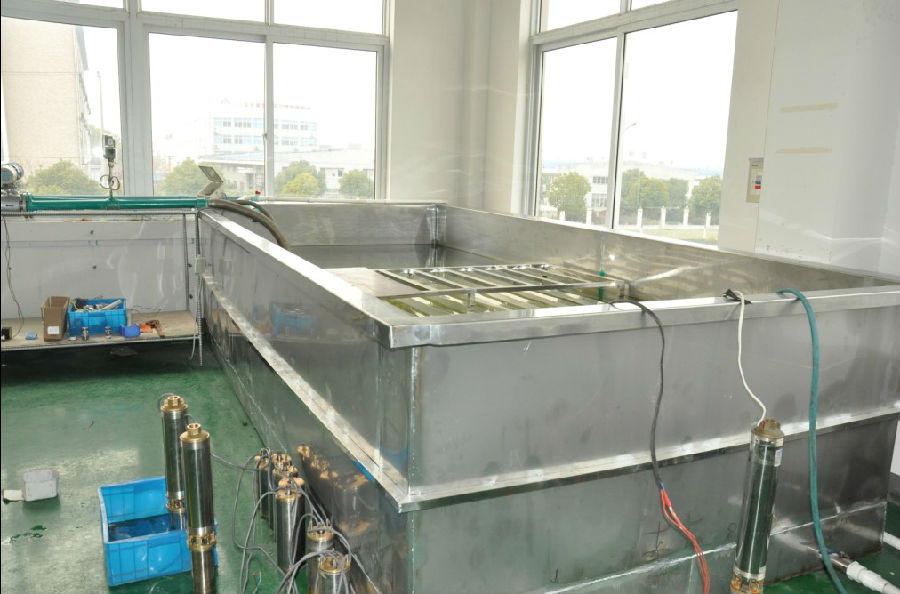
the application:
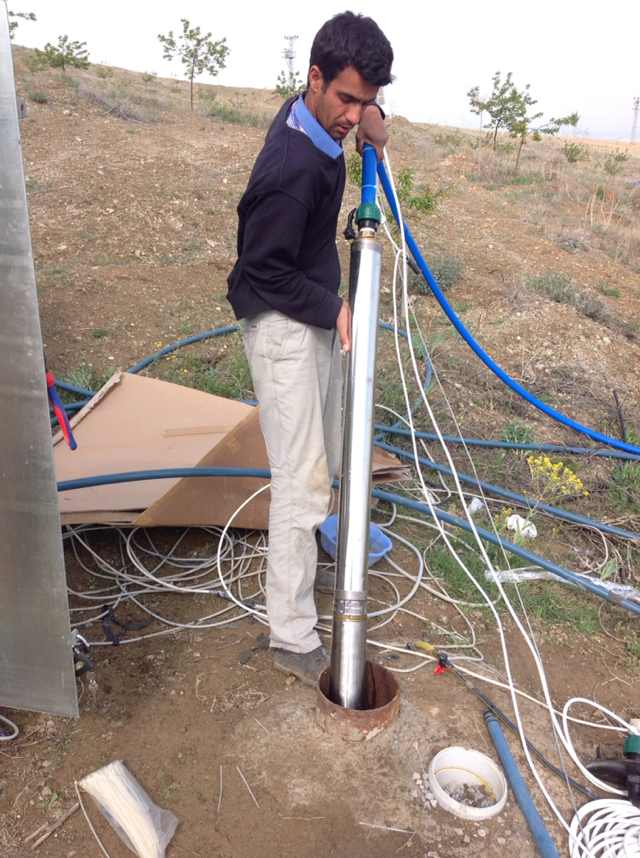
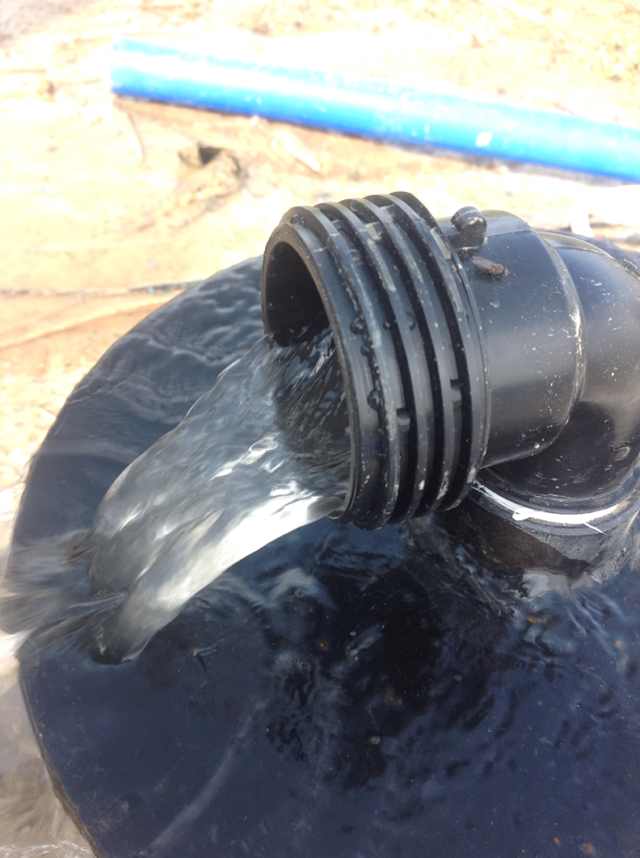
the package:
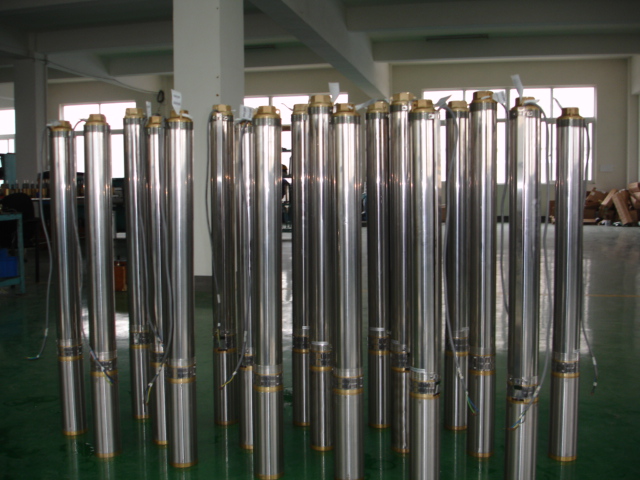
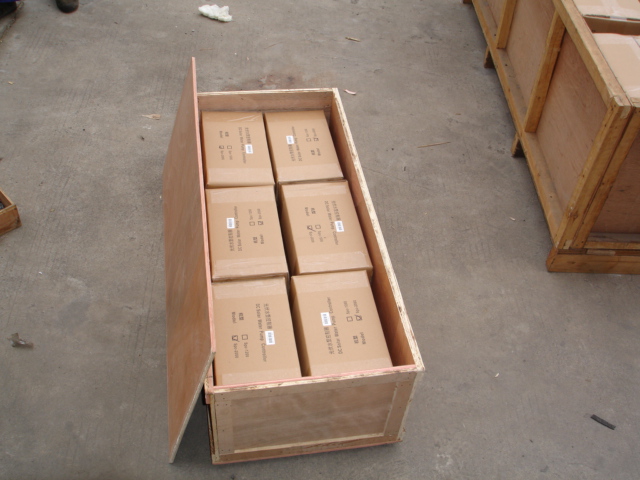
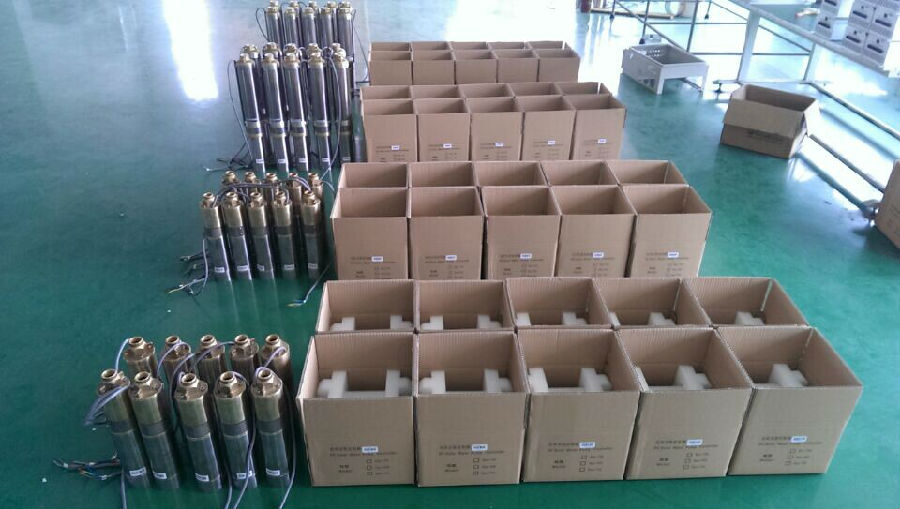
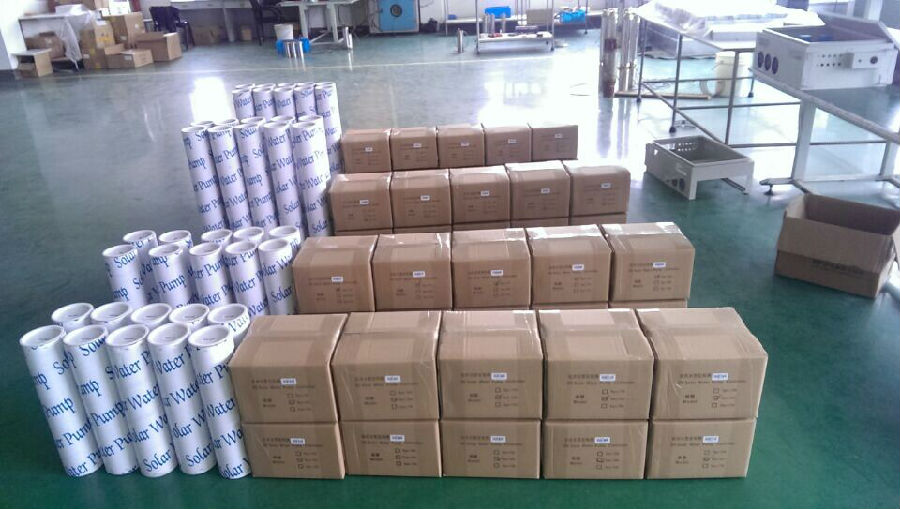
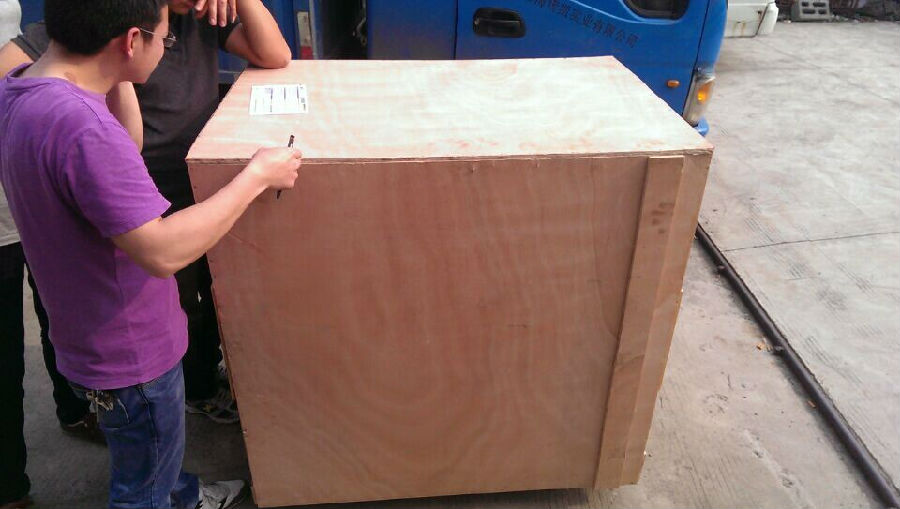
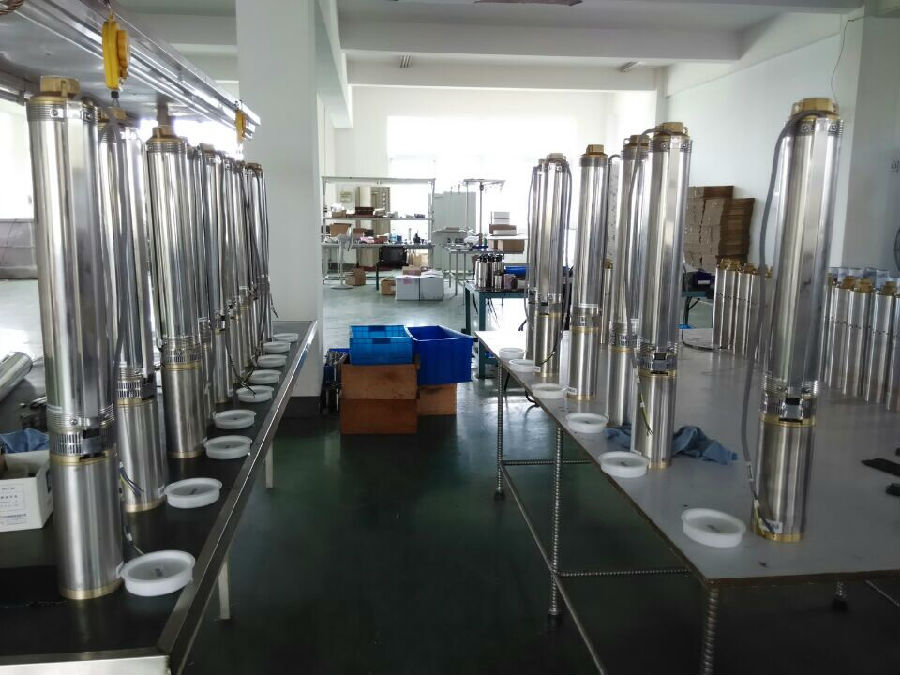
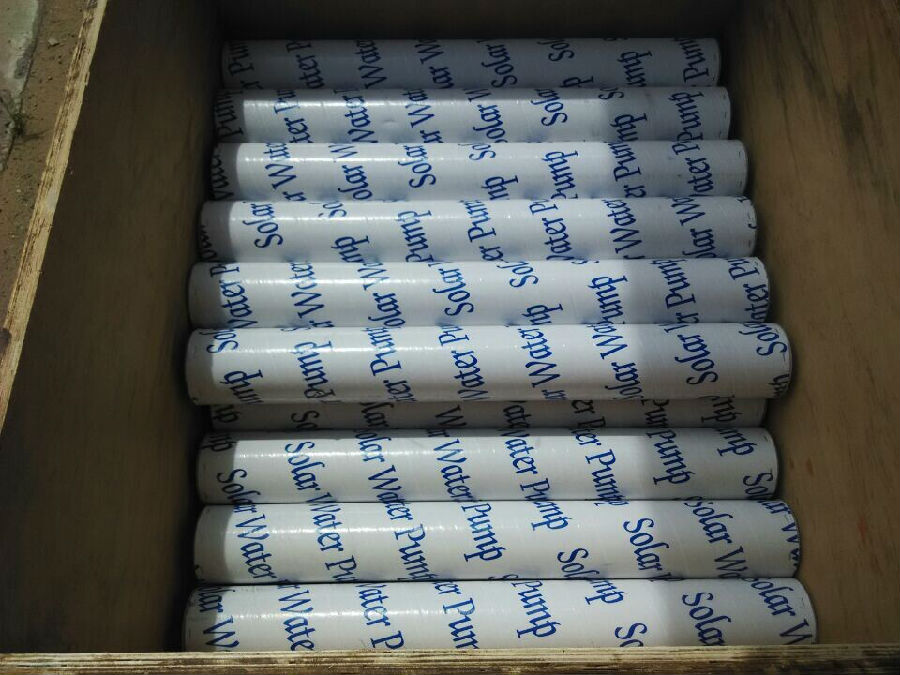
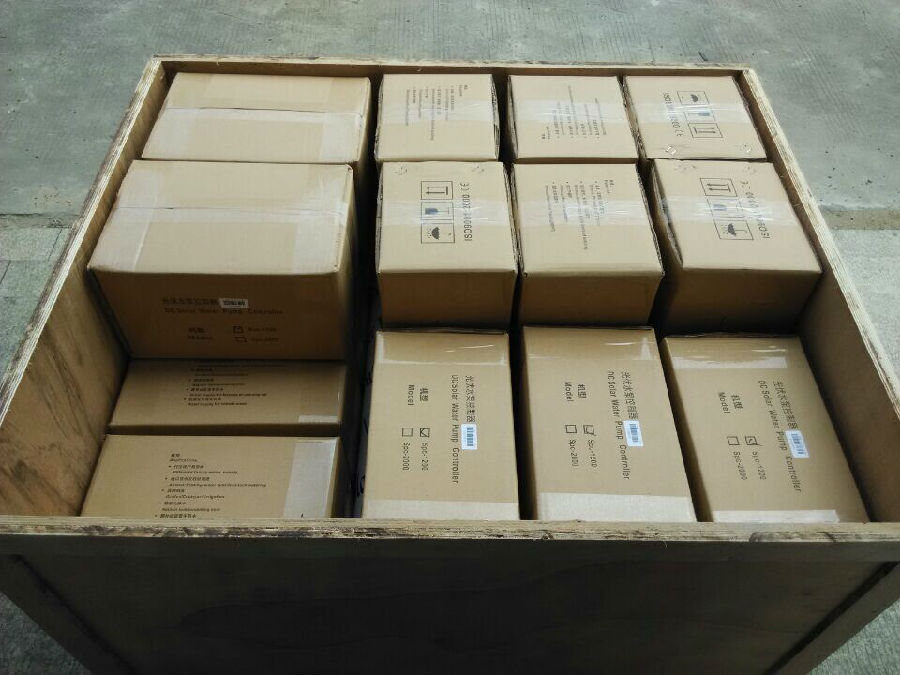
- Q: How does the performance of a solar pump vary with different pumping distances?
- The performance of a solar pump can change depending on the distance it needs to pump. When the pumping distance increases, the solar pump's performance may decrease due to various factors. One of the main factors that affects a solar pump's performance at different pumping distances is the vertical distance or head height that the water needs to be lifted. The higher the head height, the more energy the pump needs to lift the water, which can result in reduced performance. Solar pumps have a maximum head height they can reach, and exceeding this limit can lead to a decrease in flow rate and efficiency. Moreover, the distance between the pump and the water source can also impact its performance. As the pumping distance increases, there can be friction losses in the pipes, which can cause a decline in performance. The longer the distance, the more significant these friction losses become, resulting in reduced flow rate and efficiency. Furthermore, the size and capacity of the solar pump also contribute to the variation in performance. Different pumps have different power ratings and flow rates. It is crucial to choose a pump that can efficiently handle the required flow rate and head height when selecting a solar pump for a specific pumping distance. It is essential to consider that the performance of a solar pump can also be affected by other factors such as the quality and condition of the solar panels, the amount of sunlight available, and the overall system design. Therefore, it is recommended to consult with a solar pump expert or supplier to determine the most suitable pump for a specific pumping distance, ensuring optimal performance.
- Q: Can a solar pump be used in developing countries?
- Yes, a solar pump can be used in developing countries. Solar pumps are a suitable solution for areas where electricity access is limited or unreliable. They provide a sustainable and cost-effective option for water supply, irrigation, and other agricultural activities in remote and off-grid locations. The use of solar pumps can help improve access to clean water and support socio-economic development in these countries.
- Q: Can solar pumps be used for water supply in agricultural research or experimental farms?
- Yes, solar pumps can definitely be used for water supply in agricultural research or experimental farms. Solar pumps are well-suited for such applications as they utilize solar energy to power the pumps, eliminating the need for grid electricity and reducing operational costs. They can efficiently pump water from various sources like wells, rivers, or lakes to meet the irrigation needs of crops in research or experimental farms. Additionally, solar pumps are environmentally friendly and sustainable, making them an ideal choice for agricultural research and experimentation.
- Q: Can a solar pump be used in areas with limited access to water reservoirs?
- Yes, a solar pump can be used in areas with limited access to water reservoirs. Solar pumps are designed to operate using solar energy, which means they can be used in remote areas that do not have access to grid electricity or water infrastructure. These pumps can draw water from various sources such as wells, boreholes, rivers, or lakes, enabling access to water even in areas with limited water reservoirs.
- Q: How does a solar pump help in promoting sustainable development?
- A solar pump helps in promoting sustainable development by harnessing the sun's energy to power water pumps, eliminating the need for fossil fuels or electricity from the grid. This renewable energy source reduces carbon emissions and dependency on non-renewable resources, contributing to a cleaner and greener environment. Additionally, solar pumps provide access to clean and reliable water for irrigation, livestock, and domestic use in remote areas where electricity is scarce or unreliable. This, in turn, enhances agricultural productivity, food security, and economic opportunities, ultimately supporting sustainable development goals such as poverty reduction, improved health, and overall well-being.
- Q: Can a solar pump be used in remote locations without access to electricity?
- Yes, a solar pump can be used in remote locations without access to electricity. Solar pumps are designed to operate using solar panels and do not require a direct connection to the electrical grid. By harnessing solar energy and converting it into electricity, solar pumps can provide a reliable and sustainable water pumping solution in off-grid areas.
- Q: Are there any government incentives or rebates available for installing a solar pump?
- Installing a solar pump comes with the benefit of government incentives and rebates. Various countries and states have implemented programs to encourage the use of renewable energy technologies, such as solar pumps. These incentives and rebates aim to help cover the initial installation costs and promote the adoption of sustainable and environmentally friendly solutions. One commonly offered incentive is the solar investment tax credit (ITC). This federal tax credit can cover up to 26% of the total cost of a solar pump system, significantly reducing upfront expenses. In addition to the federal ITC, some states and local governments provide their own incentives and rebates. These can take the form of cash rebates, grants, or low-interest loans specifically designed to support solar pump installations. The availability and amount of these incentives may vary depending on the specific program and location. To find out the specific incentives and rebates available in your area, it is recommended to research and consult with local government agencies, utility companies, and renewable energy organizations. They will be able to provide detailed information on eligibility requirements, application processes, and the potential financial benefits associated with installing a solar pump.
- Q: Can a solar pump be used for water supply in a desert?
- Yes, a solar pump can be used for water supply in a desert. Solar pumps are powered by solar energy, which is abundant in desert regions. They can efficiently draw water from underground sources, such as wells or boreholes, and provide a reliable water supply for various purposes, including irrigation, livestock watering, and domestic use. The use of solar pumps in deserts can contribute to sustainable water management and reduce dependence on fossil fuels.
- Q: How does a solar pump help in reducing waterborne diseases?
- A solar pump helps in reducing waterborne diseases by providing a reliable and continuous supply of clean water. As it runs on solar energy, it eliminates the need for fuel or electricity, making it suitable for remote and off-grid areas. The pump draws water from a well or other water sources, filters and purifies it, and then distributes it for various purposes. This ensures that people have access to safe drinking water, reducing their reliance on contaminated water sources and thereby lowering the risk of waterborne diseases.
- Q: Are there any limitations to the size of the water reservoir that a solar pump can fill?
- The filling capacity of a water reservoir by a solar pump is indeed limited. Several factors, such as the solar panels' power output, the pump's efficiency, and the amount of sunlight available, determine the size of the reservoir that can be filled. Solar pumps are primarily designed for small to medium-scale uses, such as supplying water for livestock, irrigation, or domestic purposes. Due to their limited power output, these pumps may not efficiently fill large water reservoirs. Moreover, the pump's efficiency is a key factor in determining the reservoir's size that can be filled. Some solar pumps have a lower flow rate, which restricts the amount of water they can transfer to a reservoir within a specific timeframe. Furthermore, the availability of sunlight greatly impacts the performance of solar pumps. In areas with limited sunlight or frequent cloudy days, the pump's ability to fill a large reservoir may be compromised. Hence, while solar pumps offer an environmentally friendly and sustainable water pumping solution, they do have limitations regarding the size of the reservoir they can effectively fill. It is crucial to consider these factors when selecting an appropriate size and application for a solar pump.
Send your message to us
2hp Solar Water Pump for Drinking Water
- Loading Port:
- Shanghai
- Payment Terms:
- TT OR LC
- Min Order Qty:
- -
- Supply Capability:
- 300 set/month
OKorder Service Pledge
Quality Product, Order Online Tracking, Timely Delivery
OKorder Financial Service
Credit Rating, Credit Services, Credit Purchasing
Similar products
Hot products
Hot Searches
Related keywords
